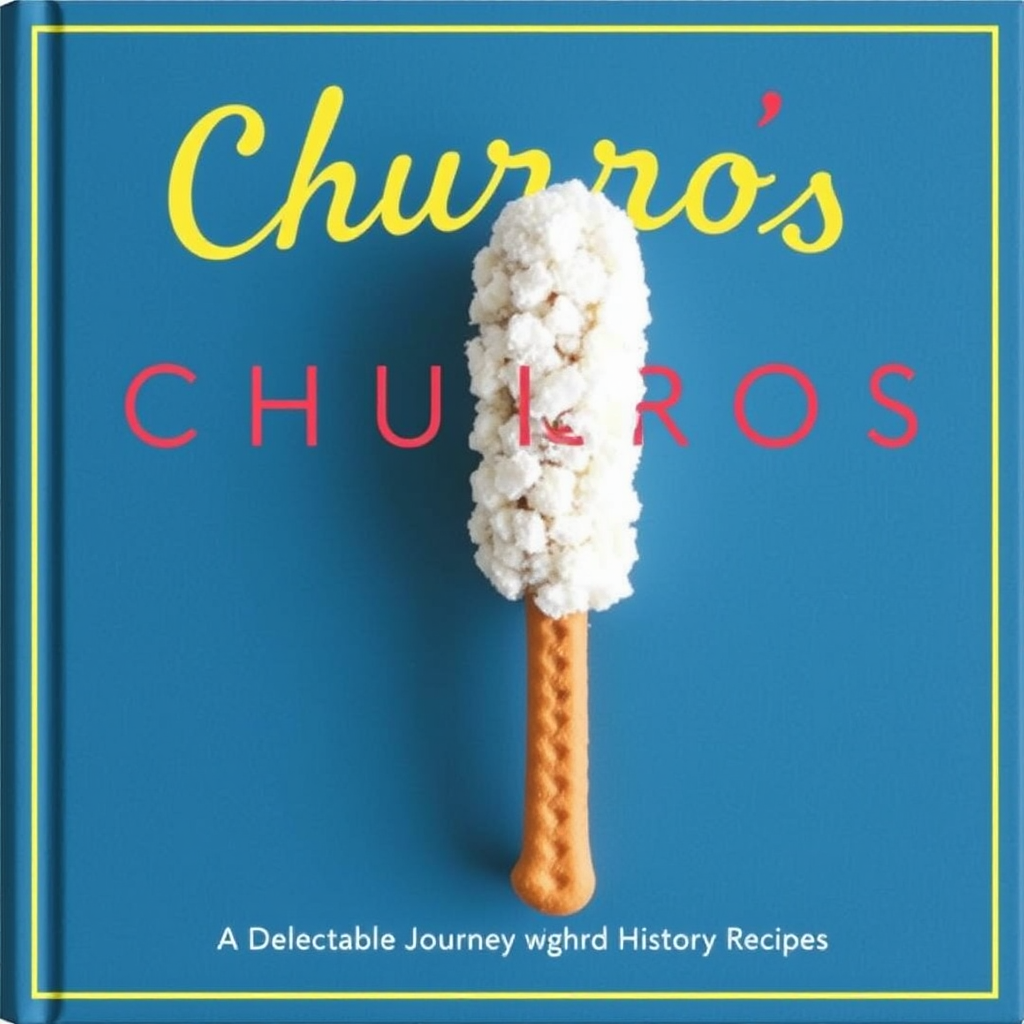Churros, with their crispy exterior and soft, doughy interior, has become a beloved treat worldwide. Originating from the Iberian Peninsula, these fried pastries have traversed continents, evolving in form and flavor. In this comprehensive guide, we’ll delve into the rich history of churros, explore traditional and modern recipes, and highlight regional variations that make this delicacy unique.
The Origins of Churros
The exact origin of churros remains a topic of debate among historians. One prevalent theory suggests that Spanish shepherds created churros as a portable substitute for fresh bread. The recipe’s simplicity—flour, water, and salt—made it convenient for cooking over an open fire in the mountains. The name “churro” is believed to derive from the Churra sheep, native to the Iberian Peninsula, whose horns the pastries resemble.
Another theory posits that Portuguese explorers brought the concept from China, inspired by a similar fried dough called “youtiao.” Upon returning to the Iberian Peninsula, they modified the recipe, introducing the star-shaped nozzle that gives churros their distinctive ridged appearance. However, this theory has been challenged. Some experts suggest that the churro’s origin is more deeply rooted in European culinary traditions.
Churros in Spanish and Portuguese Cultures
In Spain, churros are traditionally enjoyed for breakfast, accompanied by a cup of thick hot chocolate for dipping. They are typically thin and knotted or long and straight, dusted with sugar. Specialized establishments known as “churrerías” serve fresh churros throughout the day, especially during festivals and holidays.
Portugal offers a similar delight, with churros commonly found at carnivals and fairs. Portuguese churros are often larger and may come filled with sweet indulgences like jelly or chocolate. The tradition of enjoying churros has become an integral part of the cultural fabric in both countries, symbolizing warmth, comfort, and community.
The Global Spread of Churros
As Spanish and Portuguese explorers expanded their territories, they introduced churros to Latin America, where the treat was embraced and adapted to local tastes. In countries like Mexico, churros are filled with dulce de leche or cajeta, offering a sweet surprise with every bite. In Brazil, fried dough pastry might be stuffed with chocolate or sweetened condensed milk, reflecting the country’s rich dessert culture.
The Philippines, influenced by Spanish colonization, also adopted fried dough pastry into their cuisine. Filipino churros are typically served with a cup of thick hot chocolate, a practice reminiscent of Spanish traditions. In the United States, fried dough pastry gained popularity in Mexican-American communities and are now a staple at fairs, amusement parks, and even upscale restaurants, often coated in cinnamon sugar and served with various dipping sauces.
Traditional Churro Recipe
Creating authentic churros at home is a rewarding endeavor. Here’s a step-by-step guide to making traditional Spanish churros.
Ingredients
- 1 cup water
- 2 1/2 tablespoons white sugar
- 1/2 teaspoon salt
- 2 tablespoons vegetable oil
- 1 cup all-purpose flour
- Oil for frying (vegetable or canola)
- 1/2 cup white sugar, for coating
- 1 teaspoon ground cinnamon, for coating
Instructions
-
Prepare the Dough:
- In a small saucepan over medium heat, combine water, sugar, salt, and vegetable oil. Bring the mixture to a boil.
- Remove from heat and add the flour all at once, stirring vigorously until the mixture forms a ball of dough.
-
Heat the Oil:
- In a deep skillet or frying pan, heat oil to 375°F (190°C). Ensure there is enough oil to submerge the fried dough pastry completely.
-
Pipe the Churros:
- Transfer the dough into a piping bag fitted with a large star-shaped tip.
- Carefully pipe strips of dough into the hot oil, cutting them to your desired length with a pair of scissors.
-
Fry Until Golden:
- Fry the fried dough pastry until golden brown, turning them occasionally to ensure even cooking. This should take about 2 minutes per side.
-
Drain and Coat:
- Remove the fried dough pastry from the oil and place them on paper towels to drain excess oil.
- In a separate bowl, mix the sugar and ground cinnamon. Roll the warm fried dough pastry in this mixture until evenly coated.
-
Serve Immediately:
- Churros are best enjoyed fresh and warm. Serve them with a cup of hot chocolate or your favorite dipping sauce.
Variations of Churros
While the traditional churro is delightful on its own, various cultures have introduced unique twists to this classic treat.
Filled Churros
In many Latin American countries fried dough pastry are filled with sweet fillings. Popular options include:
- Dulce de Leche: A rich, caramel-like sauce made from sweetened milk.
- Chocolate: Smooth and creamy, offering a decadent experience.
- Fruit Preserves: Such as guava or strawberry, adding a fruity tang.
To fill fried dough pastry use a piping bag fitted with a narrow tip to inject the filling into one end of the fried pastry.
Savory Churros
While churros are predominantly sweet, savory versions have emerged, especially in gourmet settings. These fried dough pastry might incorporate herbs, cheeses, or spices into the dough, offering a unique appetizer or snack option. For instance, adding grated Parmesan and a hint of garlic powder to the dough can result in a delightful savory treat, perfect for dipping in marinara sauce.
Churro-Inspired Creations
The beloved flavor and texture of fried dough pastry have inspired a range of creative recipes:
- Churro Ice Cream Sandwiches: fried dough pastry are shaped into rounds and used to sandwich a scoop of ice cream.
- Churro Cupcakes: Cupcakes infused with cinnamon and topped with churro pieces.
